Navigation
Minah
![]() Wreck Dive |
Wreck Dive | ![]() Boat access
Boat access
![]()
![]()
![]()
![]()
Iron Twin Screw Steam Tug | Max Depth: 1 m (3.28 ft)
Level: Open Water and beyond.
The Minah was an iron hulled steam powered tug of 90.5 ft (28 m), which had assisted in saving at least one other vessel. As a tug, the Minah was also involved in the scuttling of a number of other vessels.
The Minah broke loose from her anchorage in a gale in 1950 and subsequently grounded on a mud bank near Rhyll and was ultimately abandoned. The wreck is still visible today on the mud bank.
Minah Shipwreck History
Built in 1900, in Cowes, Isle of White, the iron-hulled, clincher-built, twin-screwed, two-masted, straight stem, counter stern, steam tug Minah was 90.5 ft (28 m) in length, with a beam of 18 ft (5.49 m) and a draught of 8.2 ft (2.5 m).
Minah Tug Sinking
The Minah steam tug broke adrift from its anchorage in Western Port during a gale in 1950 and stranded on a mud bank in Western Port, off Phillip Island, within sight of Rhyll. The vessel was later abandoned.
Minah Tug and Scuttling Ships
The Minah tug took part in the scuttling of many ships, typically in the Victorian Ships' Graveyard.
Tom Mooney was helmsman of the Minah when the Buninyong was sunk in 1926, and in 1927 he guided the four J-class submarines, and the Malaita, to their resting places. In 1928 he was also helmsman of the Minah when the Coogee was scuttled.
Buninyong
The old steamer Buninyong sailed on her last trip early on the morning of Thursday 11 February 1926. The tug Minah (Captain MacBain) arrived at Port Melbourne from Williamstown, and shortly after 2 am the tow was begun. The marine growths on the hull of the Buninyong impeded her progress, and though favourable weather was encountered a speed of only three and a half knots could be maintained. The Buninyong passed The Heads, through which she had often travelled in her prime. The two vessels continued to a spot chosen for the burial-ground of the Buninyong six miles south-west of Point Lonsdale and arrived there by 2 pm. The first explosion opened a hole 2 ft in diameter, but two other charges were fixed to hasten the sinking. These were set off in No. 2 hold at 2:35 pm, and the ship began to sink by the stern. At 3 pm the poop was under the water, and, filling quickly, she, at last, began to slide astern, while her bow went up into the air till it seemed as if she would turn right over. Then she dived, stern first, into 36 fathoms of water, and in five minutes floating spars and timber dislodged by the explosions were all that could be seen of the vessel. The last man to leave the doomed vessel after the final fuse had been lit was Tom Mooney, a member of the crew of the Minah. The Buninyong had previously been in the hands of the shipbreakers, and all her engines and fittings had been removed, with only the bare shell remaining.
J1 Submarine
In the early morning of Wednesday 26th May 1926, the J1 Submarine was taken from a berth at Williamstown by the tug Minah and was towed through The Heads out into Bass Strait. She was positioned in deep water outside the three miles limit, off Barwon Heads. The vessel's seacocks were opened and she went down in 65 minutes.
J2 Submarine
The J2 Submarine was sunk in 120 feet of water three miles off The Heads on Tuesday 1 June 1926. The submarine was towed down Port Phillip by the tug Minah which left Williamstown at 3:30 am. The Air Force, hearing that the vessel was to be sunk, considered that the submarine would be a good target for bombing practice. When the tug, with her tow, arrived at the dumping ground, the seacocks of the J2 were opened, and the Minah then steamed away to a safe distance. Meanwhile, seaplanes, equipped with a number of TNT bombs, circled around at a height of 3,000 feet. One bomb fell close alongside, and the submarine turned up on end and sank.
J5 Submarine
The J5 Submarine was sunk off Barwon Heads on Friday 4 June 1926. The submarine was towed outside The Heads by the tug Minah. When in 23 fathoms of water, she was sunk. The submarine took two hours to disappear. The seacocks were opened in the stern, and the craft eventually nose-dived, seeming to break in half.
Cerberus
The hulk of the old iron-clad Cerberus was towed on Thursday morning Thursday 2 September 1926, from her berth at the Williamstown pier, by the tugs Agnes and Minah, to Half Moon Bay, Black Rock. There the Cerberus was scuttled for use as a breakwater for the Black Rock Yacht Club.
Coogee
The steamship Coogee was scuttled outside Port Phillip on Monday 27 February 1928 using explosive charges. Captain W. McBain, a former master of the steamer Coogee, was responsible for the scuttling. The tug Minah left Ann Street Pier, Williamstown at 1:30 am and at daybreak, the tug was off the West Channel pile light. The boatswain of the Minah, Tom Mooney, took the helm of the tug at 7 am as the Minah passed into the West Channel. The two vessels passed through the Port Philip Heads shortly after 8 am. Off Barwon Heads, at 9:30 am, the tow line was cast off. Three of the tug's crew then left in a rowing boat to fire the charge that had been placed in the main shaft tunnel of the Coogee. A fresh southerly breeze sprung up and the Coogee began to set back towards The Heads. To prevent this, a line was fastened to her stern. Then the charge was fired. Water poured in through the open portholes, and the Coogee began to sink stern first. Big seas washed over her. Her funnel guys snapped, and the funnel tool a heavy list to port. Through an open hatch aft, water swept into the body of the doomed vessel. With a crash, the funnel then fell on to the deck. The Coogee rose about 30 ft by the head. One final shudder and she sank into 20 fathoms, three miles south-west from Point Lonsdale at midday.
Rotomahana
Once the pride of the Australian coast, the fastest ship in these waters, with a mysterious turn of speed, the holder for many years of the proud title "Ocean Greyhound," and designed as a private yacht for a prince, the old ship Rotomahana made her last passage on Tuesday 29 May 1928. She went to join her sisters, the Buninyong, the Coogee and the Courier at the bottom of the Bass Strait, after half a century's faithful service in Australian waters. Her fanciful title of "Greyhound" was earned by her then, prodigious speed of 15 knots, but on her final voyage, she lumbered down Port Phillip in tow of the tug Minah, under the command of Captain McBain, at five knots. Formerly she was equipped with luxurious fittings, but then she was a decrepit and empty shell. A figurehead no longer distinguished her: the panels in the saloon, carved by hand from bird's-eye maple, had been taken from her; the old time notices in the steerage requesting passengers to remove their boots before getting into bed had been removed. Her lead piping, her superstructure, her 14,000 super feet of pine decking, her teak-railings, her funnel, her boilers — all had been taken out of her and only the shell of the old ship set forth in the ghostly light of the morning in tow of the Minah. It was her last voyage in the waters which her keel had ploughed for many a year. Few people were on the Railway Pier to see the cortege set out from Port Melbourne at 2 am. A line splashed into the water, the Minah's propeller churned the surface and soon the old Rotomahana moved gently off down Port Phillip. She was said to be the first steel steamer ever built. On her trials, she made over 15 knots, but at sea attained 17 knots on occasion. The Minah and the Rotomahana passed through Port Phillip Heads at 11 am. J Larkin, a marine surveyor, then boarded the Minah and piloted the tug to the sinking place three and a half miles south-west of Port Phillip Heads. The pilot steamer Victoria, with the chief sea pilot Captain Palmer in command, accompanied the Rotomahana from Queenscliff and was present at the sinking ceremony. The gelignite charge, placed amidships in the engine room, was fired. A signal honour was paid to the old vessel when the international pilot flag (a St. George's cross on a white background) was dipped while she was sinking. Three active members of the pilot service were former captains of the Rotomahana. Just 25 minutes later nothing was to be seen of the once popular steamer but a few floating spars. She sank on an even keel into 20 fathoms of water.
Malaita
On Tuesday 20 November 1928 the steamship Malaita was towed out into Bass Strait by the tug Minah and scuttled.
Norwester
In tow of the tug Minah, the coal lighter Norwester passed down Port Phillip Bay early in the morning of Wednesday 21 November 1928 heading to her last resting place several miles outside The Heads.
See also, Heritage Council Victoria: Minah, and
Australian National Shipwreck Database: Minah.
Heritage Warning: Any shipwreck or shipwreck relic that is 75 years or older is protected by legislation. Other items of maritime heritage 75 years or older are also protected by legislation. Activities such as digging for bottles, coins or other artefacts that involve the disturbance of archaeological sites may be in breach of the legislation, and penalties may apply. The legislation requires the mandatory reporting to Heritage Victoria as soon as practicable of any archaeological site that is identified. See Maritime heritage. Anyone with information about looting or stolen artefacts should call Heritage Victoria on (03) 7022 6390, or send an email to heritage.victoria@delwp.vic.gov.au.
Traditional Owners — This dive site is in the traditional Country of the Boon Wurrung / Bunurong people of the Kulin Nation. This truly ancient Country includes parts of Port Phillip, from the Werribee River in the north-west, down to Wilson's Promontory in the south-east, including the Mornington Peninsula, French Island and Phillip Island, plus Western Port. We wish to acknowledge the Boon Wurrung as Traditional Owners. We pay respect to their Ancestors and their Elders, past, present and emerging. We acknowledge Bunjil the Creator Spirit of this beautiful land, who travels as an eagle, and Waarn, who protects the waterways and travels as a crow, and thank them for continuing to watch over this Country today and beyond.
Minah Location Map
Latitude: 38° 28.710′ S (38.4785° S / 38° 28′ 42.6″ S)
Longitude: 145° 19.210′ E (145.320167° E / 145° 19′ 12.6″ E)
Datum: WGS84 |
Google Map
Added: 2012-07-22 09:00:00 GMT, Last updated: 2022-05-10 04:33:00 GMT
Source: GPS
Nearest Neighbour: Surfies Point, 4,778 m, bearing 224°, SW
Iron Twin Screw Steam Tug.
Built: 1900.
Sunk: 1950.
Rhyl, Western Port.
Depth: 1 m.
[ Top ]
DISCLAIMER: No claim is made by The Scuba Doctor as to the accuracy of the dive site coordinates listed here. Should anyone decide to use these GPS marks to locate and dive on a site, they do so entirely at their own risk. Always verify against other sources.
The marks come from numerous sources including commercial operators, independent dive clubs, reference works, and active divers. Some are known to be accurate, while others may not be. Some GPS marks may even have come from maps using the AGD66 datum, and thus may need be converted to the WGS84 datum. To distinguish between the possible accuracy of the dive site marks, we've tried to give each mark a source of GPS, Google Earth, or unknown.
Copyright © 2005-2022 by The Scuba Doctor Australia, ABN 88 116 755 170. All rights reserved.
tel. +61 3 5985 1700 :: email. diveshop@scubadoctor.com.au :: Web site by it'sTechnical 2022

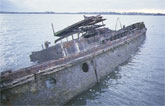
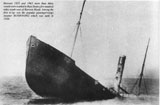
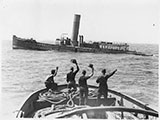
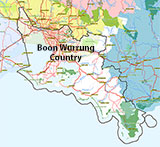







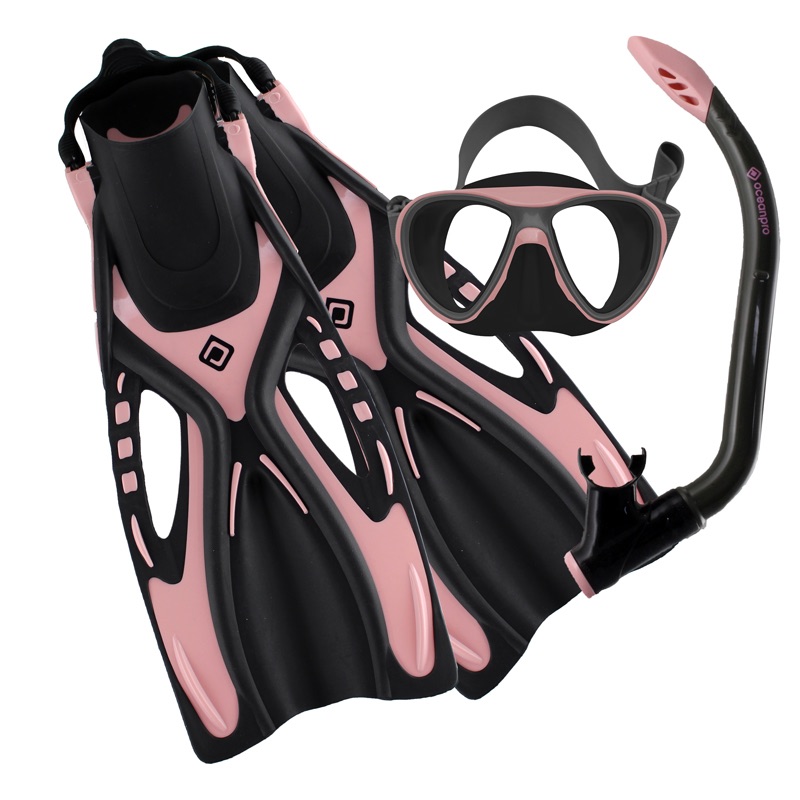




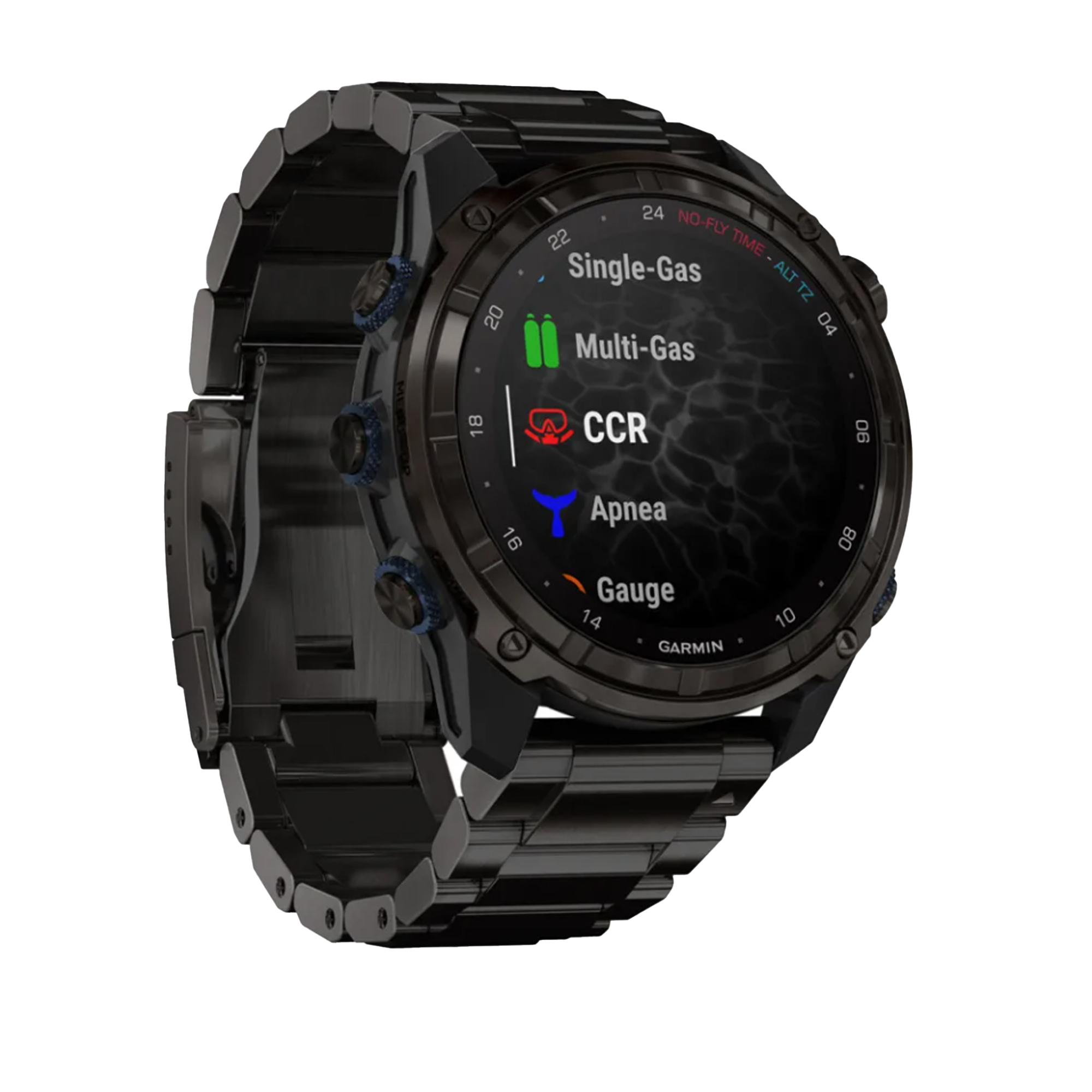



![Halcyon Infinity 30lb System [SS Small Backplate] Halcyon Infinity 30lb System [SS Small Backplate]](/diveshop/images/halcyon/Halcyon-Evolve-Wing.jpg)














































































































